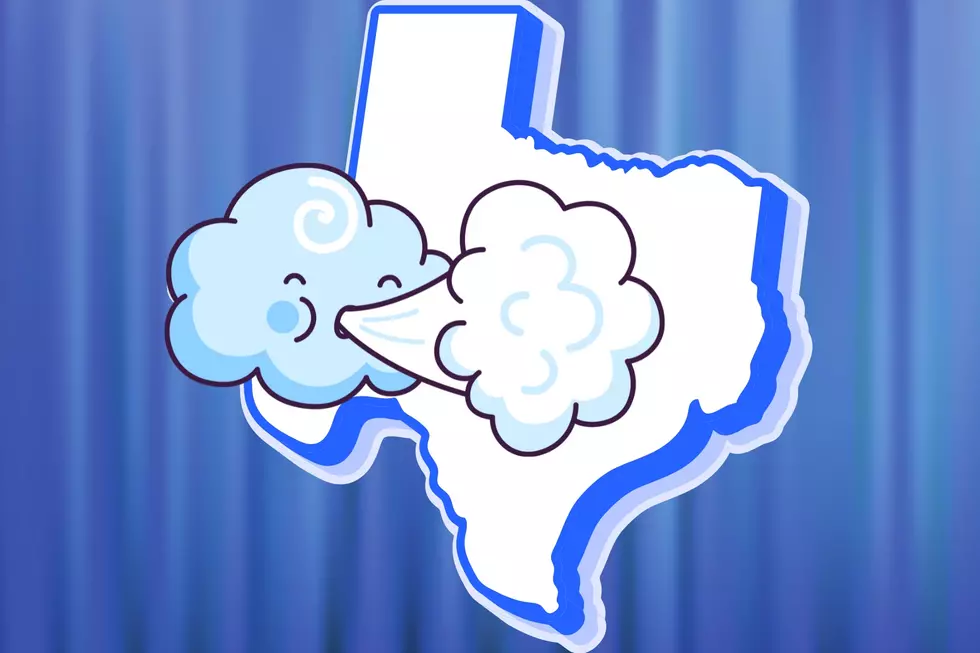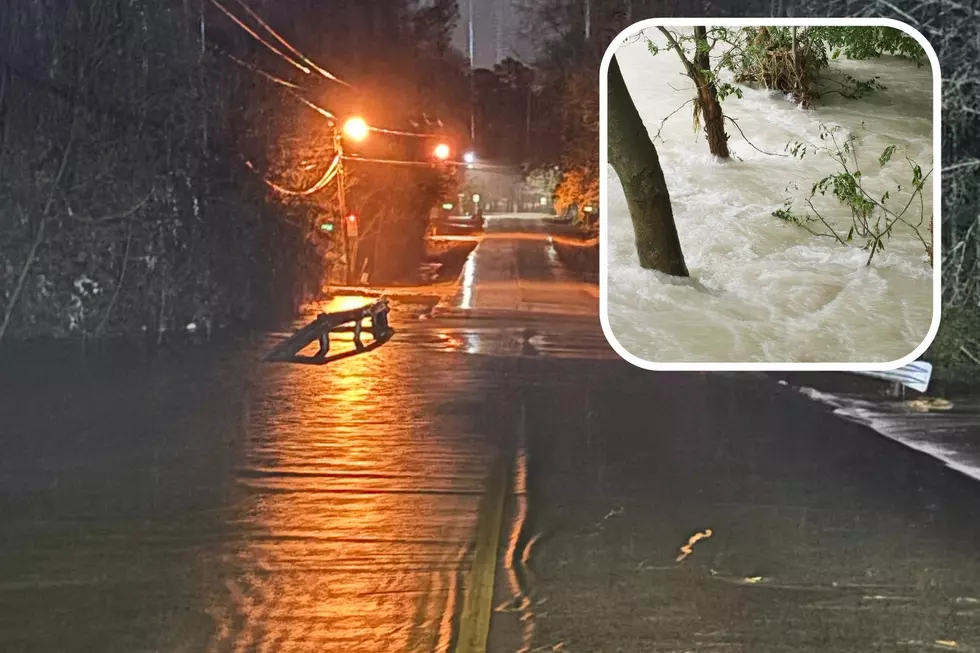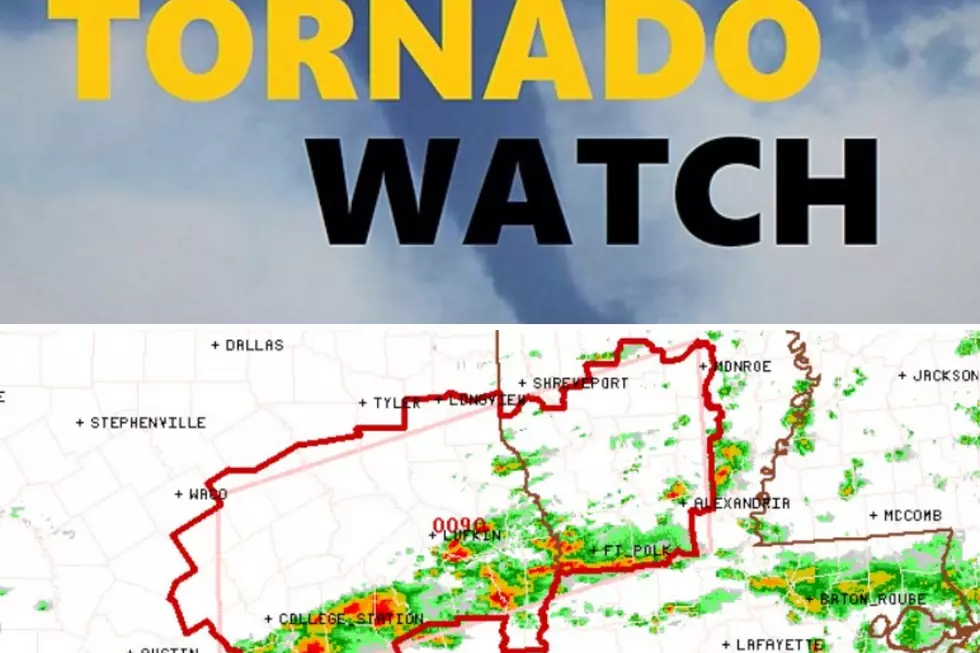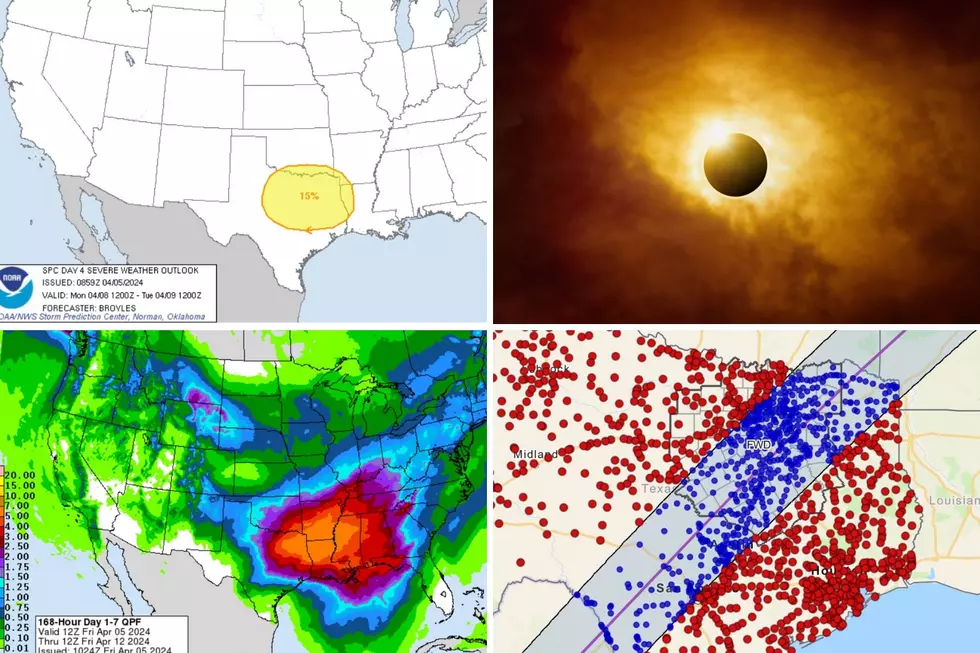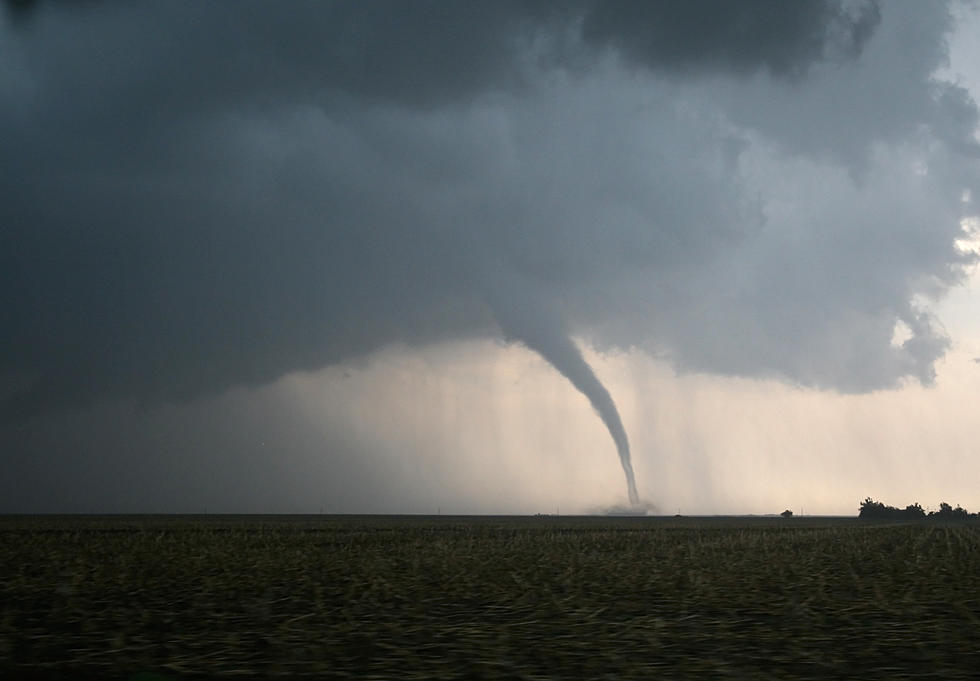
Dangerous Tornado Outbreak Expected Across the South Today
The first major severe weather event of the Spring is here. As of 7 a.m., a line of strong to severe thunderstorms was moving across portions of East Texas and the Brazos Valley. Severe storms were located around the Tyler/Longview area while strong storms were embedded in a line from near Palestine to College Station. These storms should make their way into the Deep East Texas area between 8:30 - 11 this morning. The biggest threat from these storms will be winds gusting to 60 mph or more and hail the size of marbles to golf balls. An isolated tornado is also possible this morning, especially to the north and east of Lufkin/Nacogdoches.
A severe thunderstorm watch is in place until 10 a.m. for Cherokee, Rusk, Anderson and other counties to the north of Lufkin and Nacogdoches.
The Storm Prediction Center in Norman, Oklahoma puts the chances of a tornado in the Pineywoods at 5% throughout the morning to midday hours. That translates to a slight to enhanced chance. However, persons living in northeastern Louisiana and throughout central Mississippi are in the bull's-eye zone for a high incidence of tornadoes today. A major outbreak of violent, long-tracked twisters is expected in that area. Residents from Monroe, Louisiana to Jackson, Mississippi should have a plan in place in the event of tornadic weather. Likewise, anyone traveling Interstate 20 today from eastern Louisiana through central Mississippi should be on the lookout for rapidly changing weather.
The severe weather is the result of a strong cold front. In East Texas, we can expect clearing skies by late afternoon and cooler temperatures and gusty northwest winds through tomorrow. Tonight's low will reach near 40 and Thursday's high will be near 62.
Download our KICKS 105 App to have weather alerts sent to your smartphone.

LOOK: The most expensive weather and climate disasters in recent decades
More From Kicks 105

